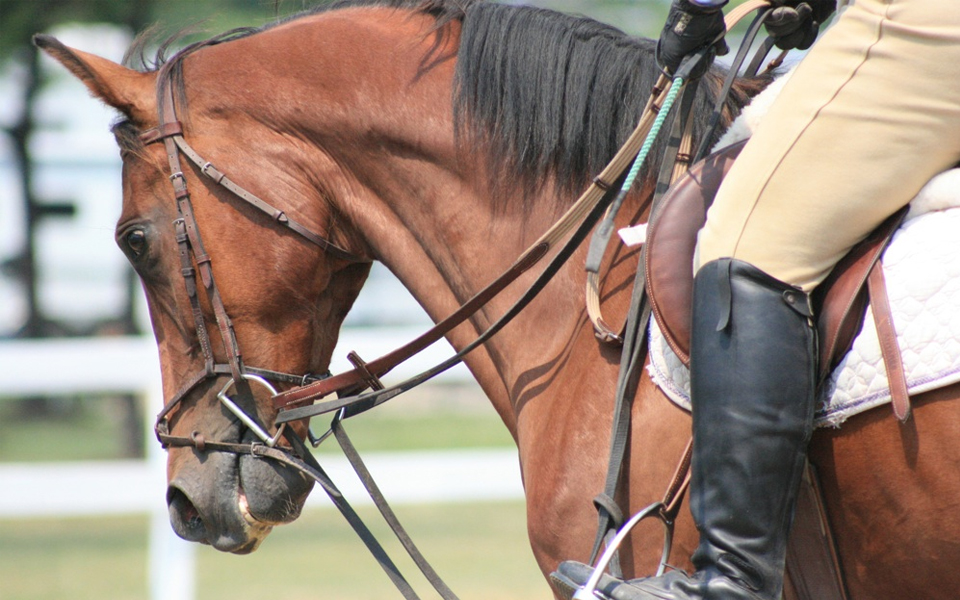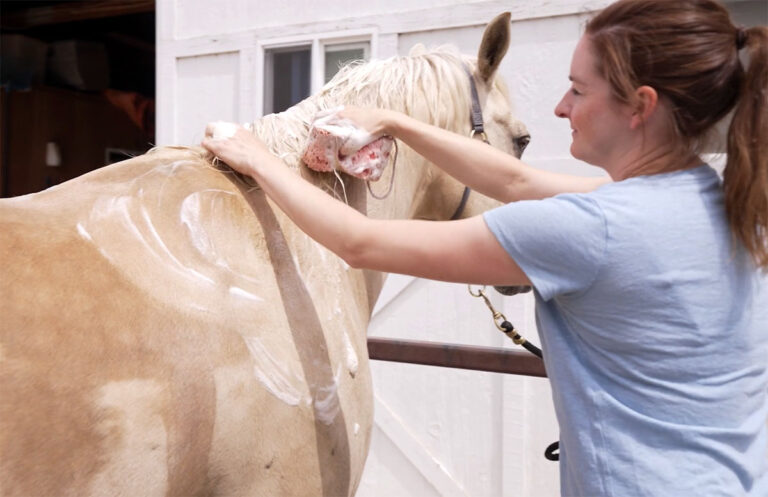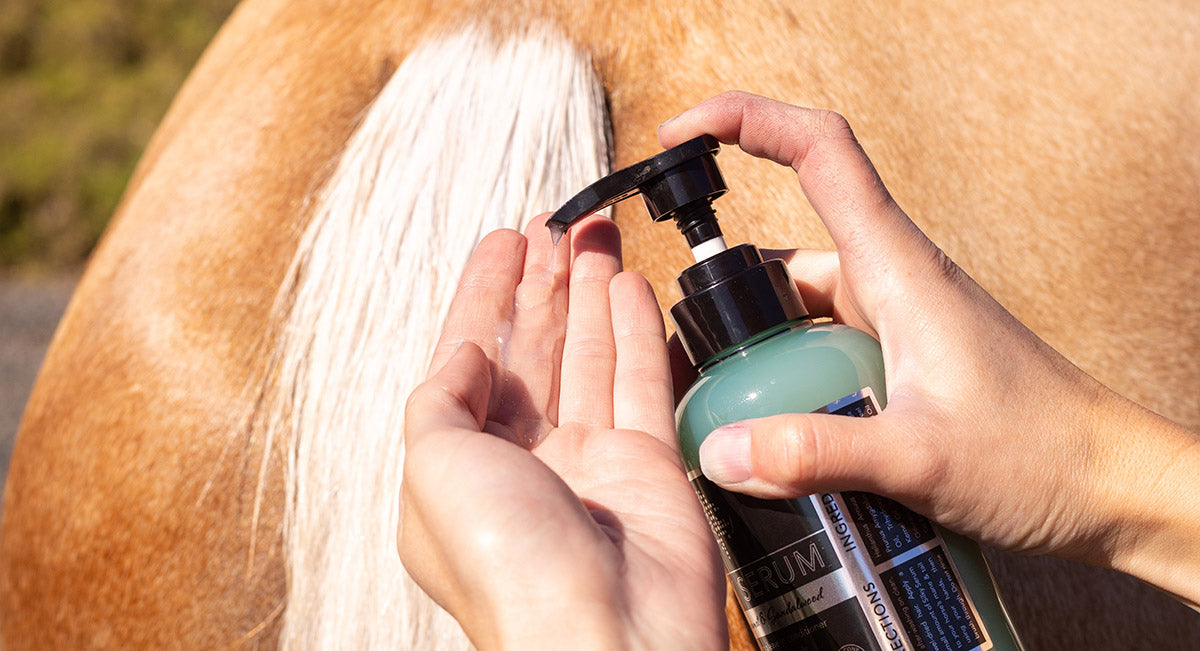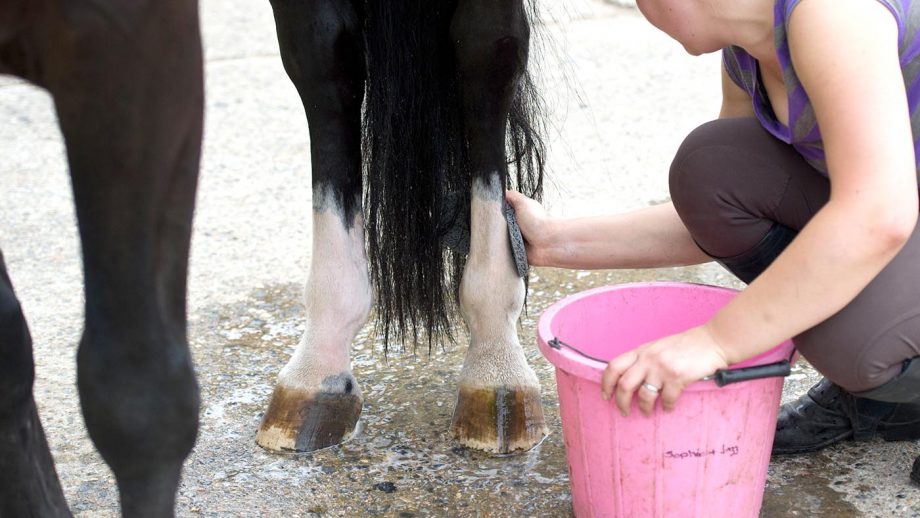For those passionate about horse riding, understanding how to hold horse reins correctly is essential. The art of horse riding is not just about maintaining speed and direction, but also involves communication with the horse. This communication is largely facilitated through the reins, making it crucial to know the technique of holding them properly.

Why Is Holding the Reins Correctly Important?
The manner in which you hold your horse reins significantly impacts the horse’s performance and comfort. Held correctly, reins serve as a pivotal communication tool between a rider and their horse, conveying signals with precision and clarity. This helps in improving the horses obedience and responses to commands.
The Basics of Horse Reins
Reins come in different styles and types, each serving a unique purpose. Basic styles include single continuous reins commonly used for English riding, while split reins are popular in Western riding. Regardless of style, the fundamental principles of holding them correctly remain the same.
Choosing the Right Reins
Choosing the correct type of reins is the first step in learning how to hold horse reins. Consult resources like proper saddle weight and seat types to match reins with riding style.
Steps to Proper Reins Handling
Understanding how to hold horse reins involves a few precise steps. Here’s a breakdown:
Step 1: Sit Correctly
Good posture lays the foundation for perfect reins handling. Your back should be straight, shoulders relaxed, and eyes forward. This ensures that the reins can be held without strain.
Step 2: Hold the Reins Firmly
Grasp the reins correctly by closing your fingers around them, directly opposite each other. The grip should be firm but not too tight, allowing for flexibility and gentle pulls.
Step 3: Look Ahead
Keep your eyes pointed forward and not on your hands. This position aligns your body to communicate clearly with the horse.
Common Mistakes to Avoid
Mistakes in handling can lead to miscommunication with the horse. Avoid squeezing the reins too tight or letting them hang slack. Both extremes reduce the efficiency of your signals.
Over-Gripping
Holding the reins too tightly is an issue for many beginners. This issue can make the horse uncomfortable and less responsive.
Loose Handling
Conversely, holding the reins too loosely means that control is lost, and the horse can become confused about directions.
Improving Your Technique
Enhance your skills further by practicing regularly. Consider lessons from a qualified trainer to receive tailored advice. Resources like Appaloosa horse costs can be insightful for accessory investments to improve riding experience.
Practical Exercises
Incorporate practical exercises into your routine to refine your control. Simple exercises such as halt-and-go can significantly enhance your grip and timing.
Continuous Learning
Learning how to hold horse reins is a continuous journey. Equip yourself with continuous learning from platforms like measuring stirrup leathers to ensure every gear complements your riding experience.
Understanding Rein Length
The length of your reins is equally important in the overall dynamic. Adjust your reins according to the type of riding and horse type.
Adjusting for Different Disciples
Different equestrian disciplines might require varying rein lengths. Ensure your reins are adjusted for the most common discipline you practice.
Communication with Your Horse
Effective communication with your horse through reins involves the right rein length. This ensures the accuracy of your instructions and reduces confusion.
Using Rein Aids Effectively
Rein aids are an essential element to fine-tune signals sent to a horse. Their effective use can comprise a variety of techniques that need practice to perfect.
Indirect Rein Aid
Used for turning and bending, indirect rein aids involve a slight lifting action and turning of the wrist.
Direct Rein Aid
This is the basic pull used to slow the horse or encourage movement in a straight line.
Integrating Body Language
Learning how to hold horse reins also encompasses an appreciation of the holistic nature of horse riding. You must use body language along with reins for comprehensive communication.
Synchronized Movement
Synchronize your movements with the horse’s rhythm. This will naturally improve your hand and arm positions, making rein handling more effective.
Maintain Balance
Ensure your body’s balance is maintained. Leaning too forward or backward might hinder communication efficiency.
Conclusion
Learners of any age can master the skill of holding horse reins with practice and determination. Remember, a significant part of mastering horse riding is ensuring open and clear communication with your partnerthe horse. Dedicate time to regular practice and draw on resources and experts to enhance your skills.

FAQ Section
Q: How do I know if my reins are the correct length?
A: The reins should allow you to establish light contact with the horse’s mouth without unnecessary slack.
Q: Can beginners handle split reins?
A: Yes, with practice and proper guidance, beginners can learn to handle split reins effectively.
Q: How can I transition between rein types?
A: Gradual practice and familiarization with the specific attributes of different reins will ease transitioning.







